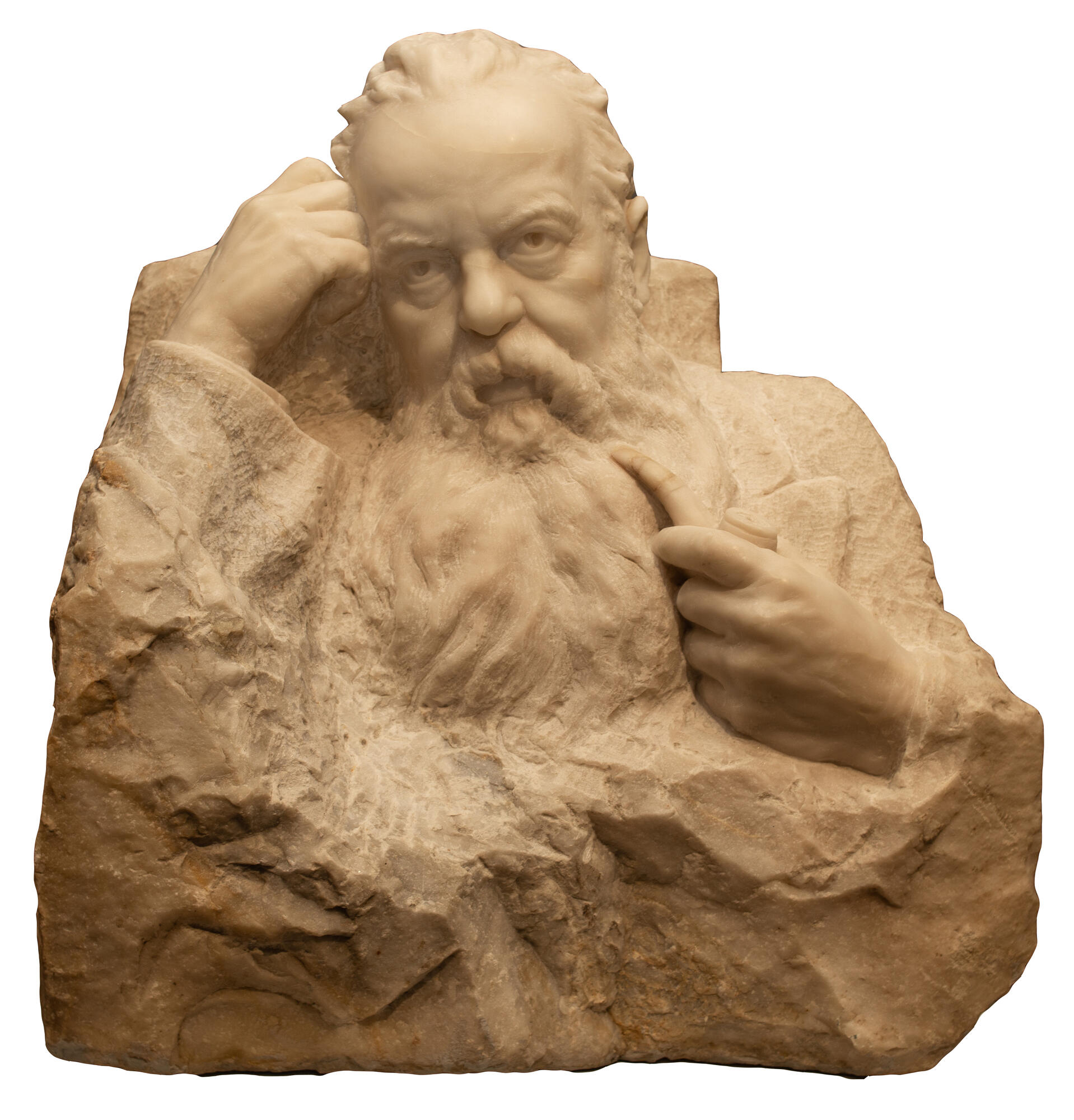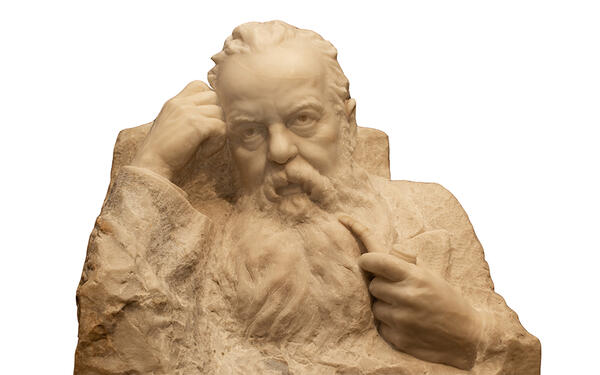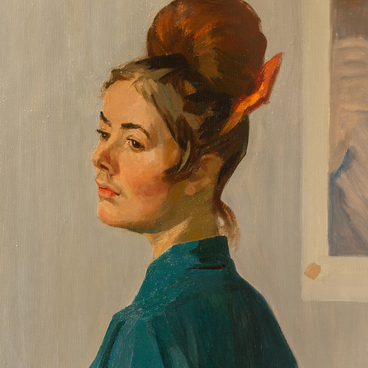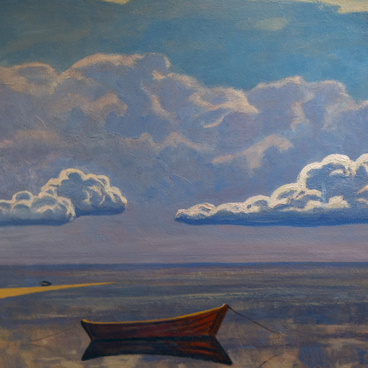Sverdlovsk sculptor Gali Petrova made a bust of Pavel Bazhov — a famous folklorist and collector of folk tales, the author of ‘The Malachite Box’ and ‘The Mistress of the Copper Mountain’. She created an image of a mature acclaimed Ural genius — he is depicted with a long and large beard, a serious face, looking at the viewers with a piercing glance. The talented sculptor managed to compose a profound psychological portrait — Bazhov is portrayed as both a strong-willed and a highly sensitive person.
In the 20th century, Pavel Bazhov became an iconic figure for the Ural region. His talent reached its peak in the period between the 1920s and the late 1940s. The writer put in a lot of effort to study the metallurgical history of the region — he wrote about the nobility of the old factory life, local gemstones, and the art of blacksmithing while transforming historical sources and folklore into fascinating tales known as skaz.
In order to create authentic stories, Bazhov spent a lot of time visiting factories of the Ural region, writing down folklore legends, and studying the region’s archives. He introduced such characters as Grandpa Slyshko, the Mistress of the Copper Mountain, and the Silver Hoof. Some of them are rooted in Ural mythology, while others have real-life prototypes from among the local citizens.
For example, the tales are told from the point of view of Grandpa Slyshko whose prototype is Vasily Khmelinin, a watchman of a factory warehouse. The image of the Mistress of the Copper Mountain was taken from the folklore of mineworkers according to which various ghosts — the Malachite Maid, the Stone Maiden, the Mountain Man, and others — protected the underground riches.
The characters of Bazhov’s tales are often depicted in paintings and statues, while the most famous stories have been adapted into movies and operas. People from the Ural region enjoy the ‘Bazhov Fest’ modern art festival where artists present their interpretation of the local mythology and the master’s tales.
This statue is the only known portrait of the Ural writer created by Gali Petrova. She mostly worked with images of children. Many of her works were dedicated to the themes of war and children at war, often raising the subject of motherhood. Her legacy also includes portraits of Soviet heroes and hardworking individuals.
In the 20th century, Pavel Bazhov became an iconic figure for the Ural region. His talent reached its peak in the period between the 1920s and the late 1940s. The writer put in a lot of effort to study the metallurgical history of the region — he wrote about the nobility of the old factory life, local gemstones, and the art of blacksmithing while transforming historical sources and folklore into fascinating tales known as skaz.
In order to create authentic stories, Bazhov spent a lot of time visiting factories of the Ural region, writing down folklore legends, and studying the region’s archives. He introduced such characters as Grandpa Slyshko, the Mistress of the Copper Mountain, and the Silver Hoof. Some of them are rooted in Ural mythology, while others have real-life prototypes from among the local citizens.
For example, the tales are told from the point of view of Grandpa Slyshko whose prototype is Vasily Khmelinin, a watchman of a factory warehouse. The image of the Mistress of the Copper Mountain was taken from the folklore of mineworkers according to which various ghosts — the Malachite Maid, the Stone Maiden, the Mountain Man, and others — protected the underground riches.
The characters of Bazhov’s tales are often depicted in paintings and statues, while the most famous stories have been adapted into movies and operas. People from the Ural region enjoy the ‘Bazhov Fest’ modern art festival where artists present their interpretation of the local mythology and the master’s tales.
This statue is the only known portrait of the Ural writer created by Gali Petrova. She mostly worked with images of children. Many of her works were dedicated to the themes of war and children at war, often raising the subject of motherhood. Her legacy also includes portraits of Soviet heroes and hardworking individuals.



